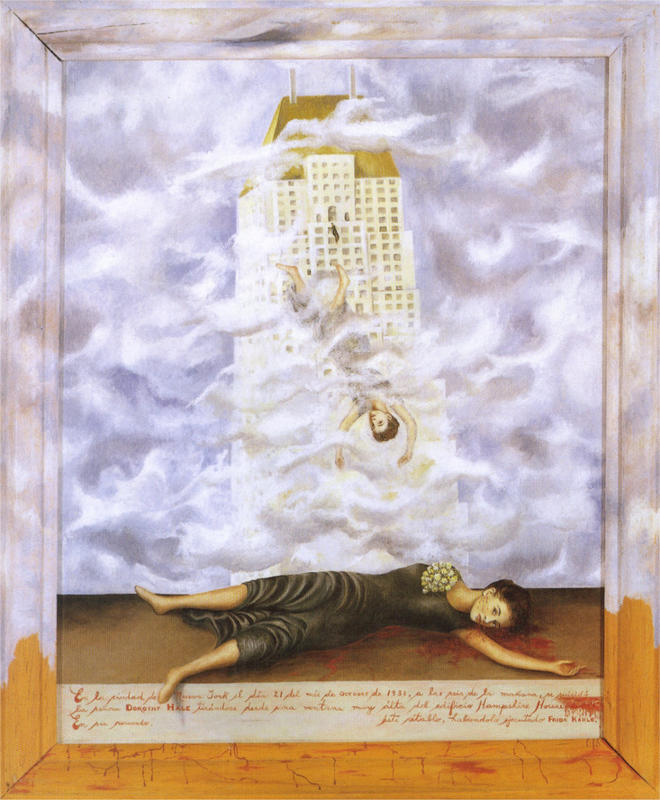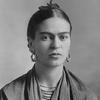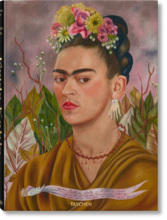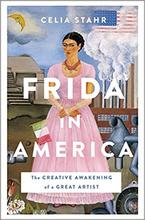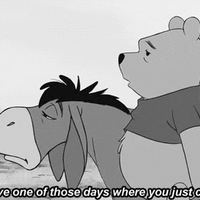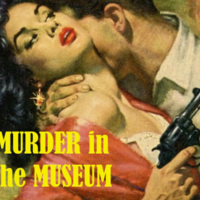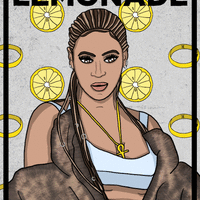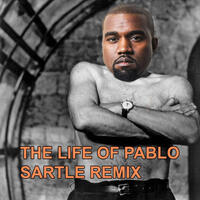More about The Suicide of Dorothy Hale
- All
- Info
- Shop

Sr. Contributor
Dorothy Hale lived so close to the edge she jumped over it. And Frida Kahlo wasn’t afraid to paint the aftermath.
Hale was an artists’ muse, failed actress and tabloid darling who could even teach Lindsay Lohan a thing or two about being a celebrity train wreck. Dorothy set out as a beautiful teenaged runaway with big dreams but small talent, landed in a chorus line, married a millionaire, then divorced him and married mural painter Gardner Hale in 1927. The couple rubbed elbows with Frida Kahlo, Diego Rivera and Clare Boothe Luce (playwright of The Women).
When Gardner drove off a cliff in 1931, Dorothy was left with massive debts and expensive tastes. Stints in Hollywood and on Broadway didn’t pan out. Nor did a series of disastrous high-profile romances, notably with international playboy-artist Isamu Noguchi, and FDR’s advisor Harry Hopkins, who broke off their affair under pressure from the White House. Alone again at 33, living on handouts from friends, Dorothy knew the party was over.
Clare, Dorothy, and fellow actress Rosamond Pinchot had become fast friends in better days while working on a play together. These three glamour-girls chasing love and success in New York might have been a 1930s prototype of Sex and the City, but Edward Gorey would have written the series finale. In 1938, depressed by her own failing career, Rosamond asphyxiated herself in an automobile.
Dorothy followed suit as only Dorothy Hale could. She put on her favorite black velvet, haute couture evening gown (inspired by John Singer Sargent’s Madame X), pinned a corsage of yellow roses Noguchi had given her to the bodice, threw a swanky, booze-soaked party and jumped out the window of her luxury high rise in the pre-dawn hours. A suicide note expressed remorse that she hadn’t taken a friend’s advice “to buy a dress glamorous enough to capture a husband.”
Noguchi recalled of her farewell party, “She said ‘Well that’s the end of the vodka. There isn’t any more.’…afterward I realized that’s what she was talking about.” Vicious minds deduce that the marathon party girl offed herself because she ran out of booze. Her association with FDR’s staff has also led to Marilyn Monroe-like assassination theories. One thing we can be sure of: Dorothy Hale may not have been much of an actress, but she sure as hell knew how to make an exit.
This painting came about when Clare Boothe Luce, sole survivor of their clique, commissioned a “recuerdo” from mutual friend Frida Kahlo. She wanted an idealized memorial portrait, but Frida had other ideas. See, Communist fanatic Frida and society dilettante Clare didn’t exactly hit it off. Frida wrote of her eagerness to finish the project, "It is urgent that this wench Clare Luce has the painting in order to get from her the bucks.”
Imagine Luce’s surprise when she unwrapped the panel and saw a blood-spattered, Surrealist nightmare of her best friend’s death. She almost fainted and considered destroying the painting, but finally decided to just hide it in storage. Decades later, she donated it anonymously to the Phoenix Art Museum, thinking that she had finally washed her hands of the whole unseemly business. Ironically, the painting remains a central pillar of Luce’s legacy. Frida got the last laugh.
Featured Content
Here is what Wikipedia says about The Suicide of Dorothy Hale
Dorothy Hale (January 11, 1905 – October 21, 1938) was an American socialite and aspiring actress who died by suicide by jumping off of the Hampshire House building in New York City. Her husband's death, followed by several unsuccessful relationships, had left her financially dependent on her wealthy friends. The artist Frida Kahlo created a famous painting commissioned by Clare Boothe Luce, titled The Suicide of Dorothy Hale.
Check out the full Wikipedia article about The Suicide of Dorothy Hale

